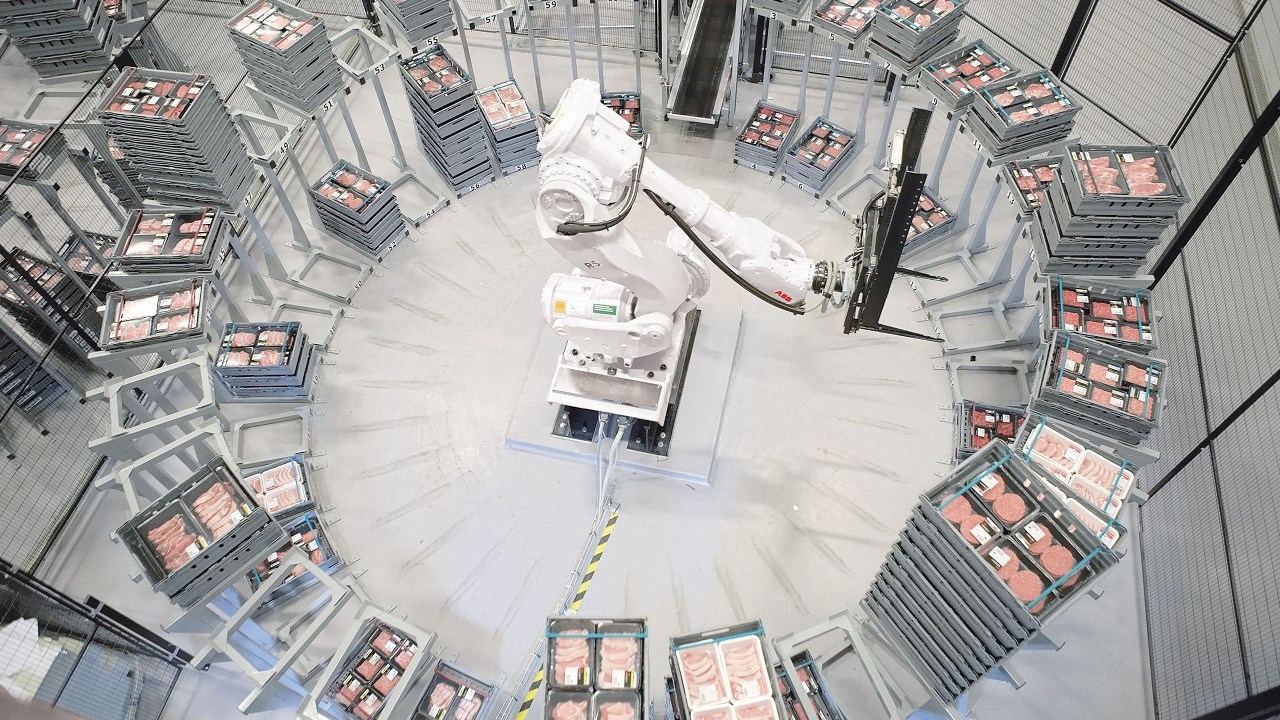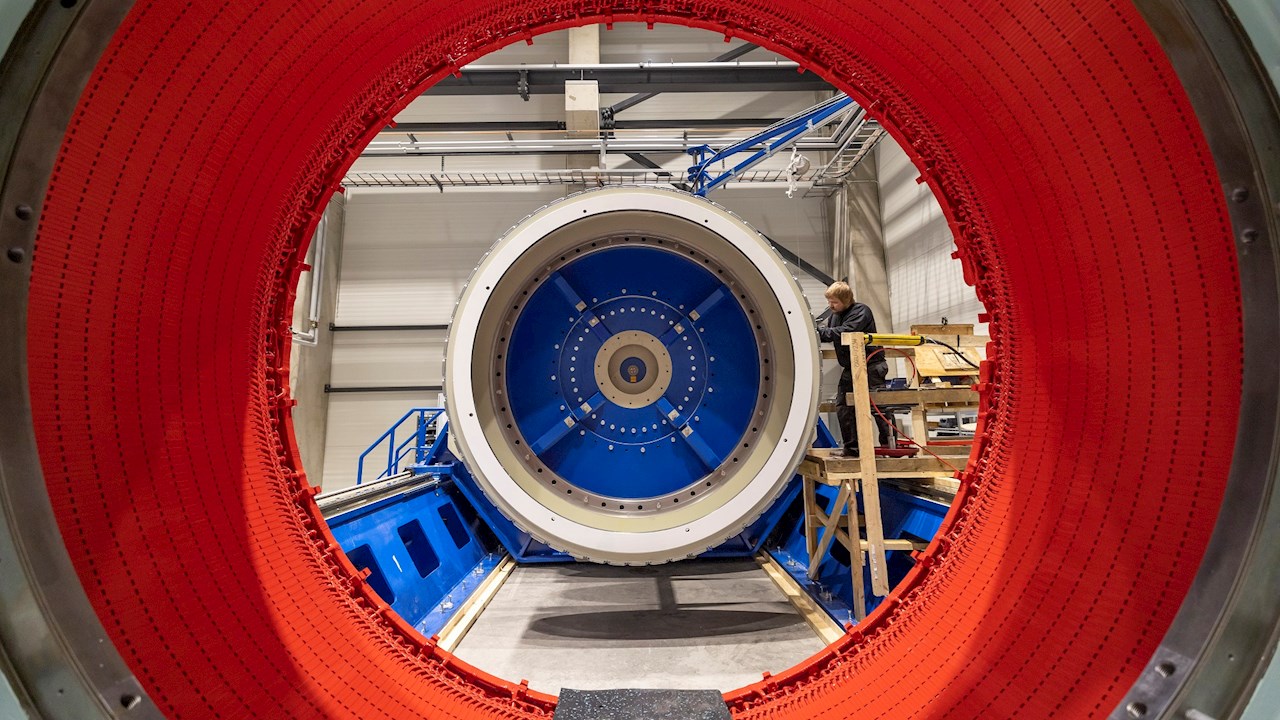Big data is changing industries worldwide. Cement production in Bangladesh is no exception. Let’s explore how big data is revolutionizing cement production in this country. The use of big data in cement production in Bangladesh is improving the efficiency and productivity of plants by providing real-time monitoring of equipment and production processes. This has led to reduced downtime and improved maintenance practices, ultimately leading to cost savings and increased output. Additionally, the impact of digitalization on cement supply chains has allowed for better inventory management, predictive maintenance, and optimization of transportation logistics, further improving the overall operations of the industry.
Understanding Big Data
Big data is a term for large and complex data sets. These data sets require advanced tools to analyze. Big data helps industries make better decisions. It improves efficiency and quality.

Credit: www.ey.com

Credit: new.abb.com
The Cement Industry in Bangladesh
Bangladesh has a growing cement industry. The demand for cement is rising. This is due to urbanization and infrastructure development. Efficient production is essential to meet this demand.
Big Data in Cement Production
Big data plays a crucial role in cement production. It helps in various ways. Let’s look at some key areas.
1. Predictive Maintenance
Machines can break down unexpectedly. This causes delays and increases costs. Big data helps predict when machines will need maintenance. This is called predictive maintenance.
- Sensors collect data from machines.
- Data is analyzed to identify patterns.
- Maintenance is scheduled before a breakdown occurs.
This reduces downtime and saves money.
2. Quality Control
Quality is crucial in cement production. Big data helps monitor and improve quality. Here’s how it works:
- Data is collected from various stages of production.
- Real-time analysis identifies any quality issues.
- Adjustments are made to ensure consistent quality.
This ensures the cement meets the required standards.
3. Energy Efficiency
Energy is a major cost in cement production. Big data helps optimize energy use. This reduces costs and benefits the environment.
- Data is collected on energy consumption.
- Patterns are analyzed to find areas of waste.
- Steps are taken to improve energy efficiency.
Energy-efficient production is sustainable and cost-effective.
4. Supply Chain Management
A smooth supply chain is vital for cement production. Big data helps manage the supply chain effectively.
- Data from suppliers, transporters, and distributors is collected.
- Analysis helps identify bottlenecks and inefficiencies.
- Improvements are made to ensure a smooth supply chain.
This ensures timely delivery of raw materials and finished products.
5. Environmental Impact
Cement production has an environmental impact. Big data helps minimize this impact.
- Data is collected on emissions and waste.
- Analysis identifies areas for improvement.
- Steps are taken to reduce emissions and waste.
This makes cement production more environmentally friendly.
Case Studies: Big Data in Action
Let’s look at some real-world examples of big data in cement production.
Case Study 1: Xyz Cement Company
XYZ Cement Company implemented big data analytics. They saw significant improvements in various areas.
| Area | Improvement |
|---|---|
| Predictive Maintenance | Reduced downtime by 20% |
| Quality Control | Increased consistency by 15% |
| Energy Efficiency | Saved 10% on energy costs |
Case Study 2: Abc Cement Ltd.
ABC Cement Ltd. used big data to optimize their supply chain. The results were impressive.
| Aspect | Result |
|---|---|
| Supply Chain Efficiency | Reduced delays by 25% |
| Cost Savings | Saved $1 million annually |
Challenges and Solutions
Implementing big data in cement production has challenges. Let’s look at some common challenges and solutions.
Challenge 1: Data Integration
Integrating data from various sources can be difficult. The solution is to use advanced data integration tools. These tools help combine data from different systems seamlessly.
Challenge 2: Data Security
Data security is a major concern. The solution is to implement robust security measures. This includes encryption, access controls, and regular security audits.
Challenge 3: Skilled Workforce
A skilled workforce is needed to analyze big data. The solution is to invest in training and development. This ensures employees have the necessary skills.
The Future of Big Data in Cement Production
The future of big data in cement production is promising. As technology advances, the benefits will increase. We can expect even greater efficiency, quality, and sustainability.
Frequently Asked Questions
What Is Big Data In Cement Production?
Big data refers to the massive volume of data generated in cement production.
How Does Big Data Improve Efficiency?
Big data enhances operational efficiency through predictive maintenance, process optimization, and quality control.
Can Big Data Reduce Cement Production Costs?
Yes, big data analytics can identify cost-saving opportunities, reducing waste and optimizing resource allocation.
How Is Data Collected In Cement Plants?
Sensors and IoT devices collect real-time data from various stages of cement production.
Conclusion
Big data is revolutionizing cement production in Bangladesh. It helps in predictive maintenance, quality control, energy efficiency, supply chain management, and reducing environmental impact. While there are challenges, solutions are available. The future looks bright for big data in the cement industry.
Call to Action
Are you in the cement industry? Consider implementing big data analytics. It can transform your production processes. Stay ahead of the competition and embrace the future of cement production.






















